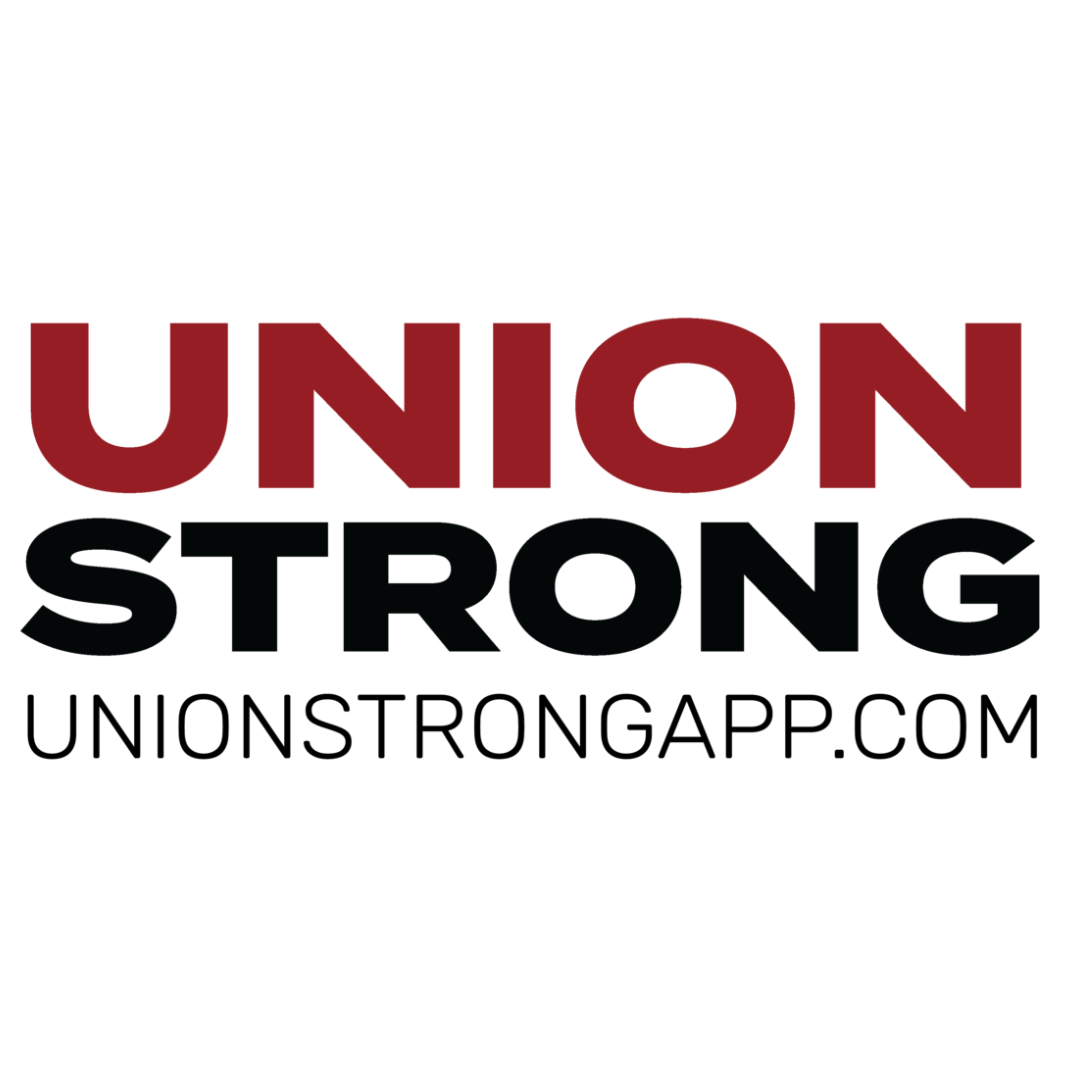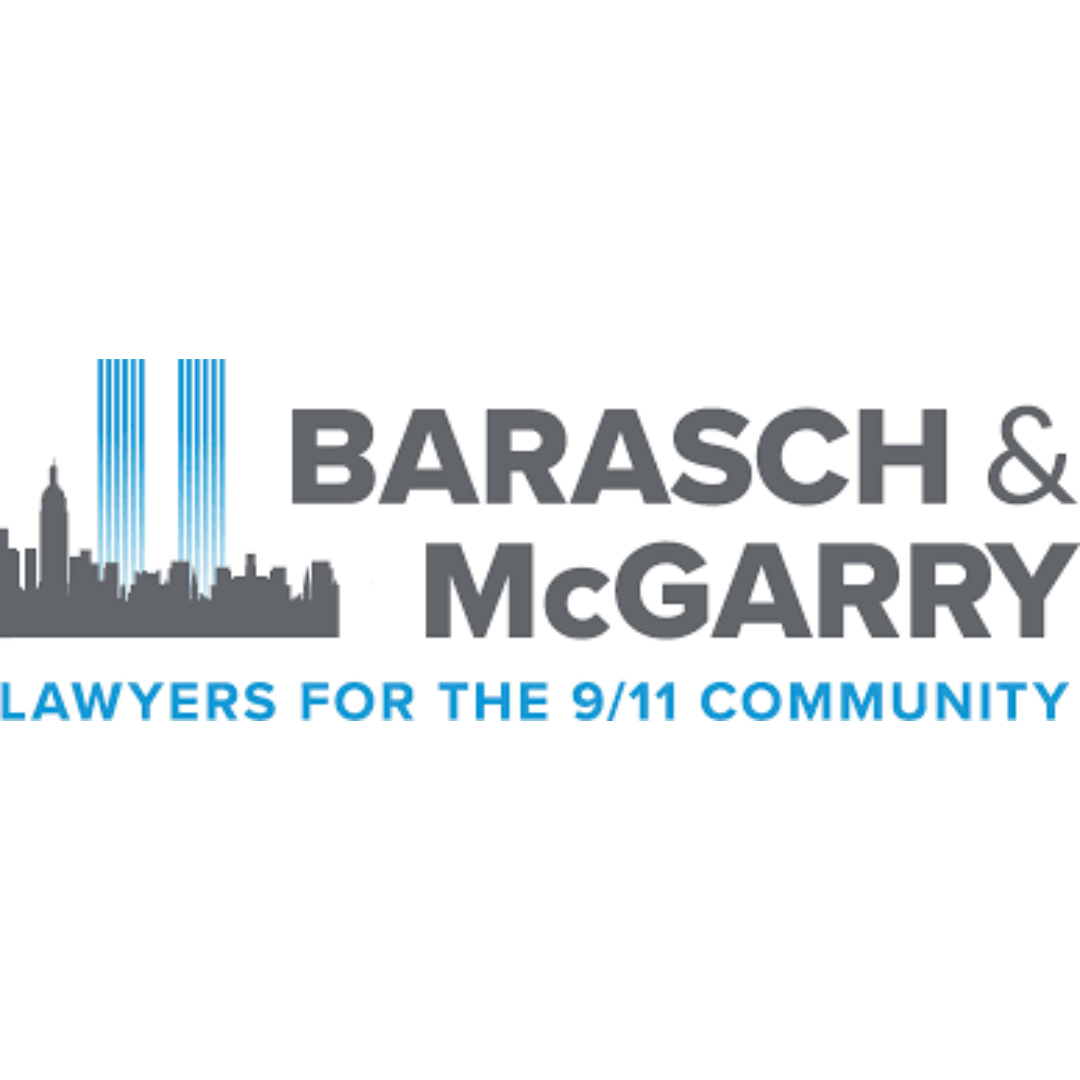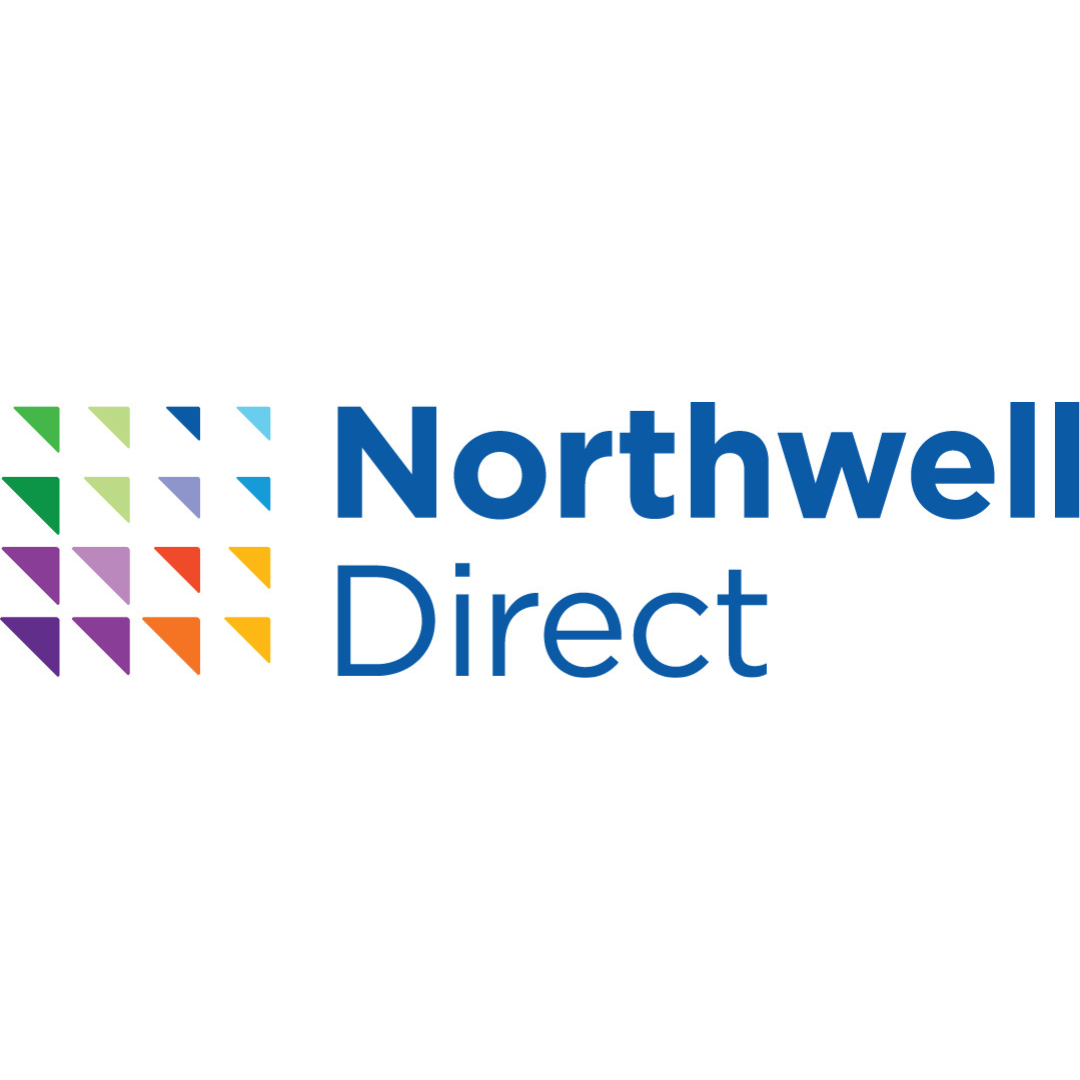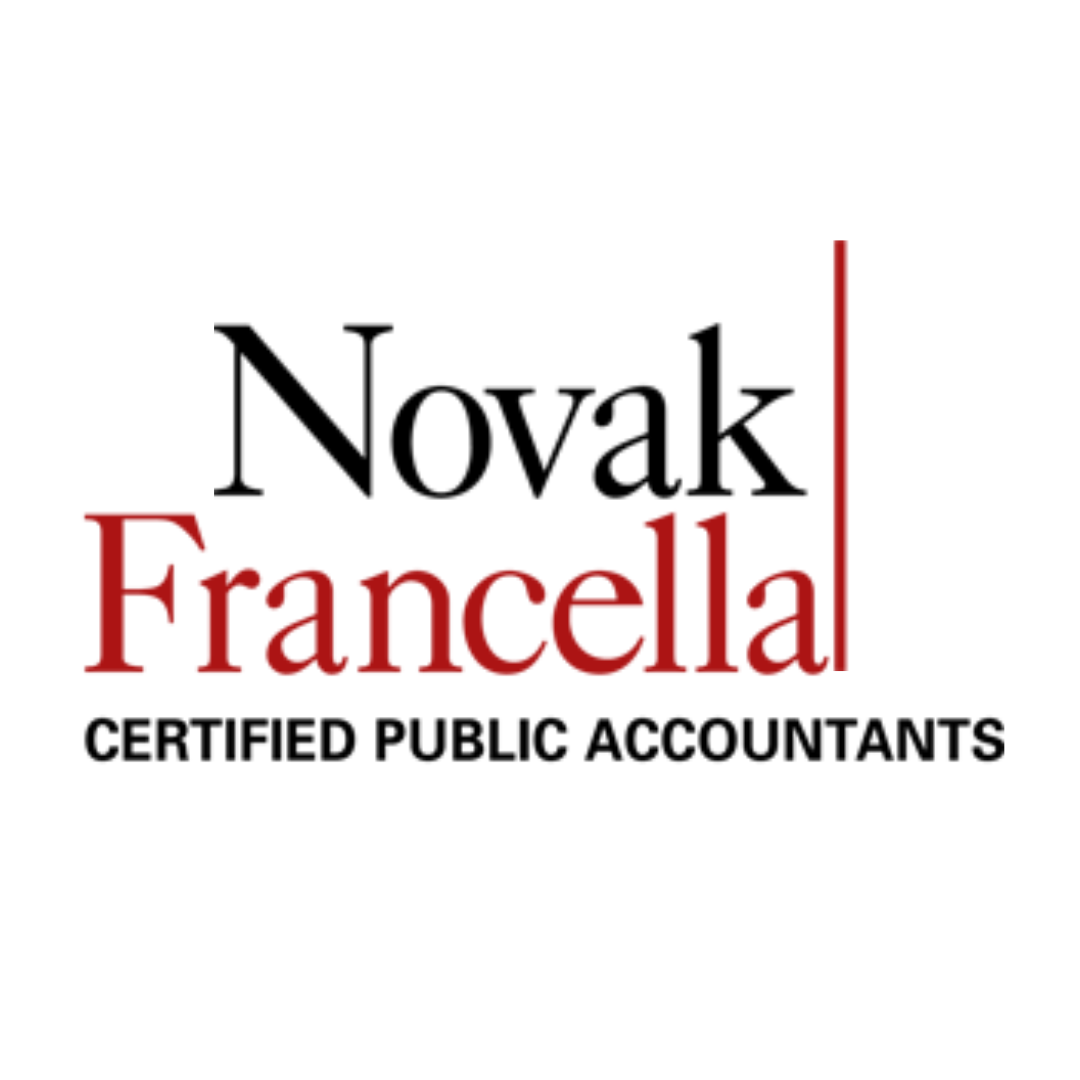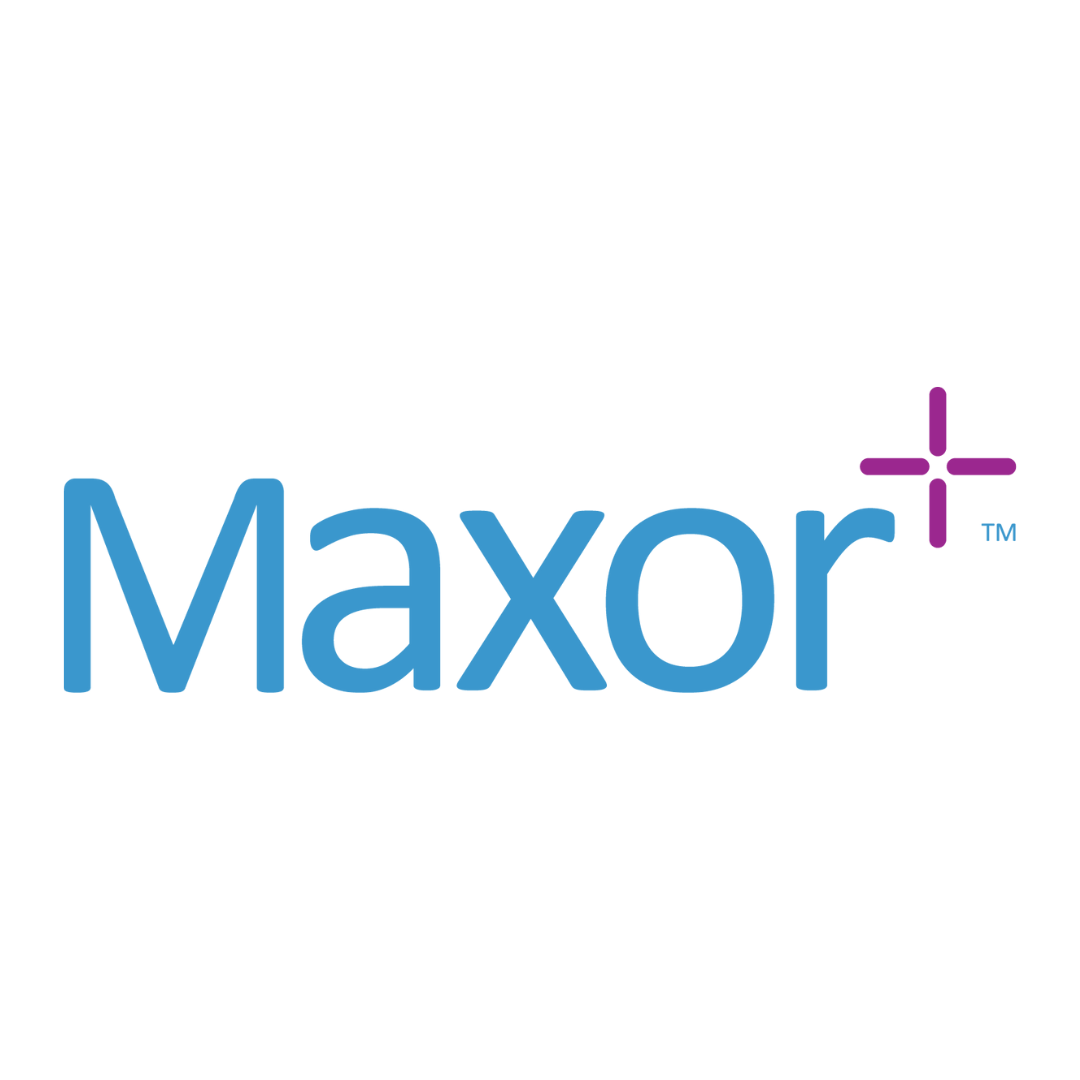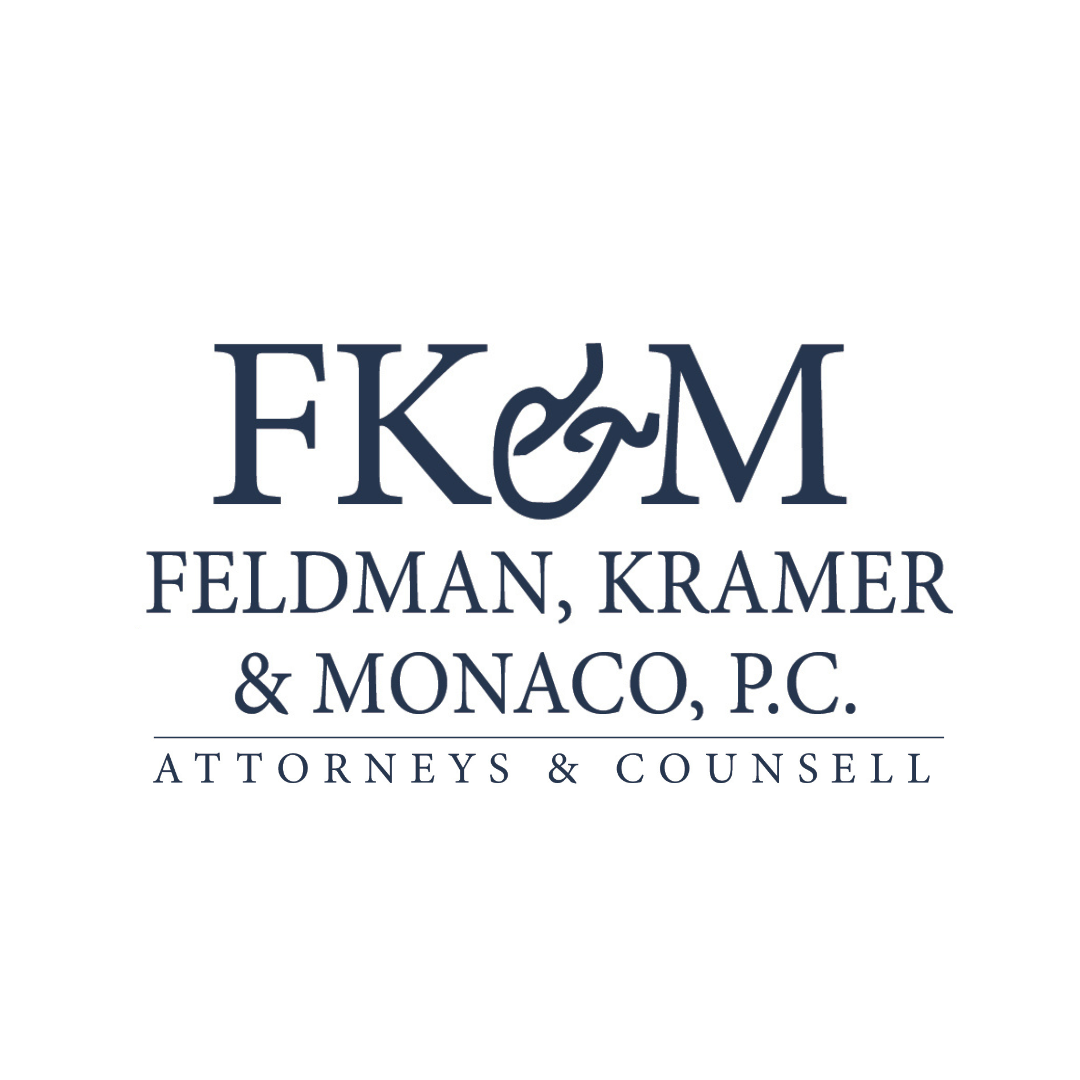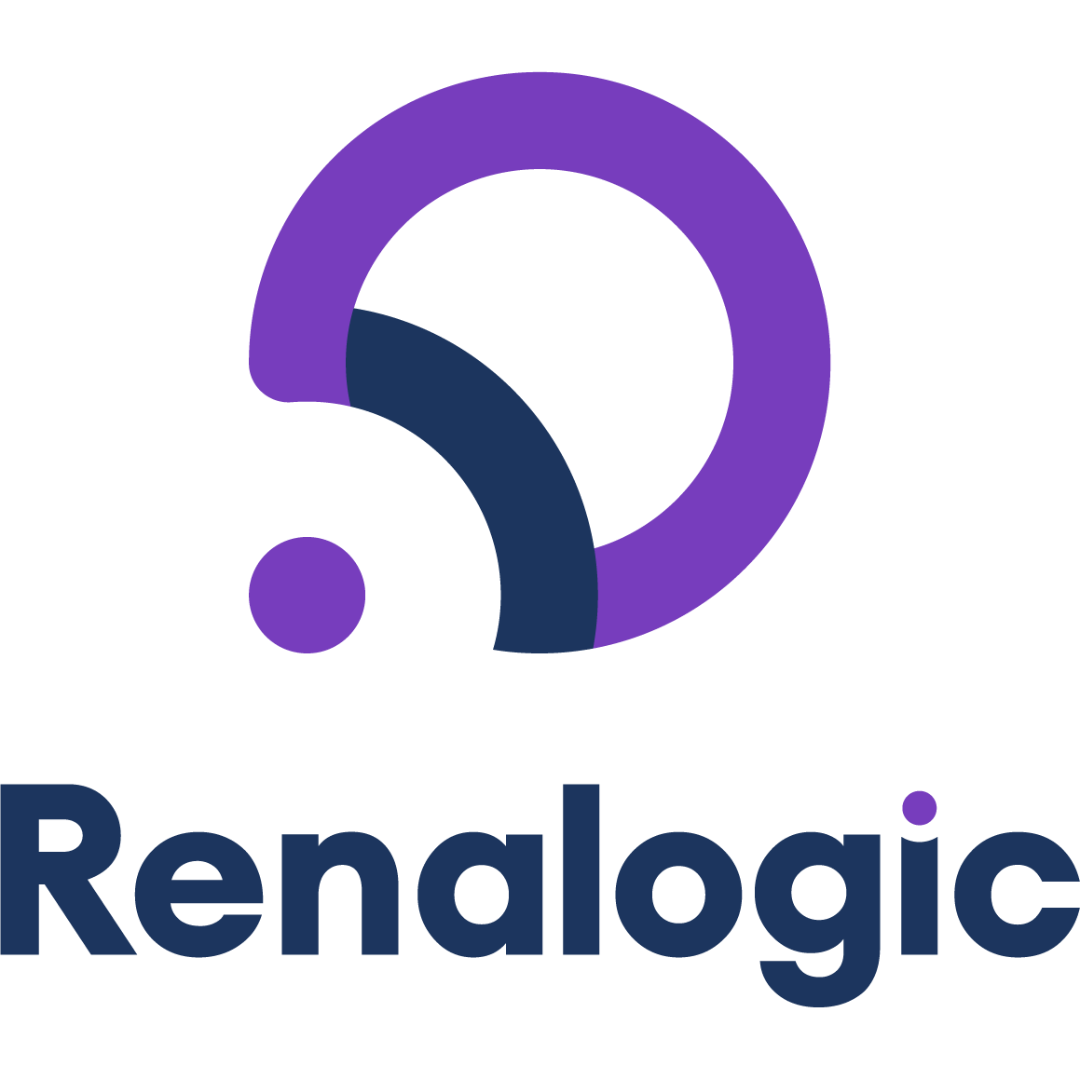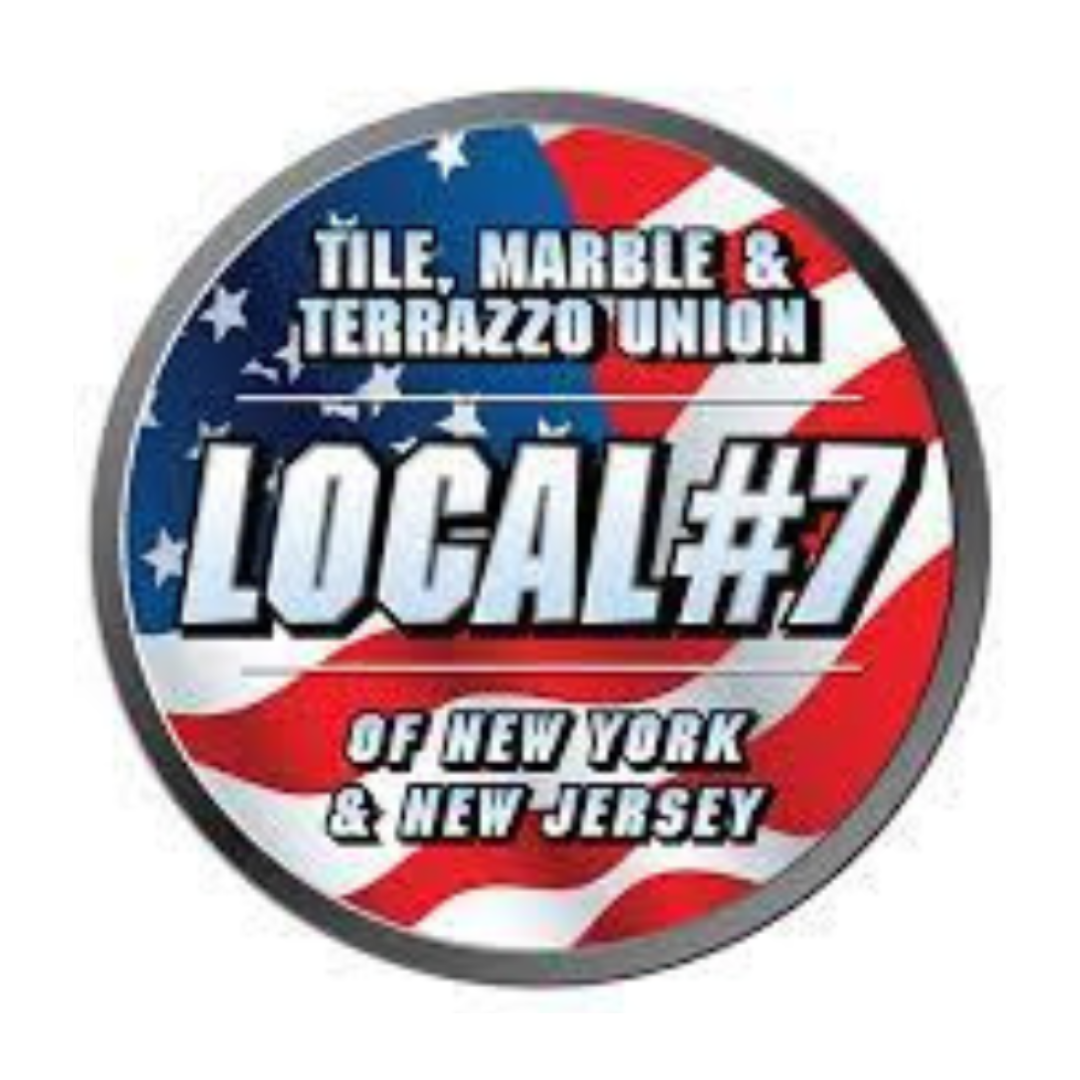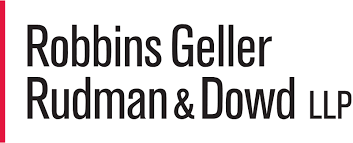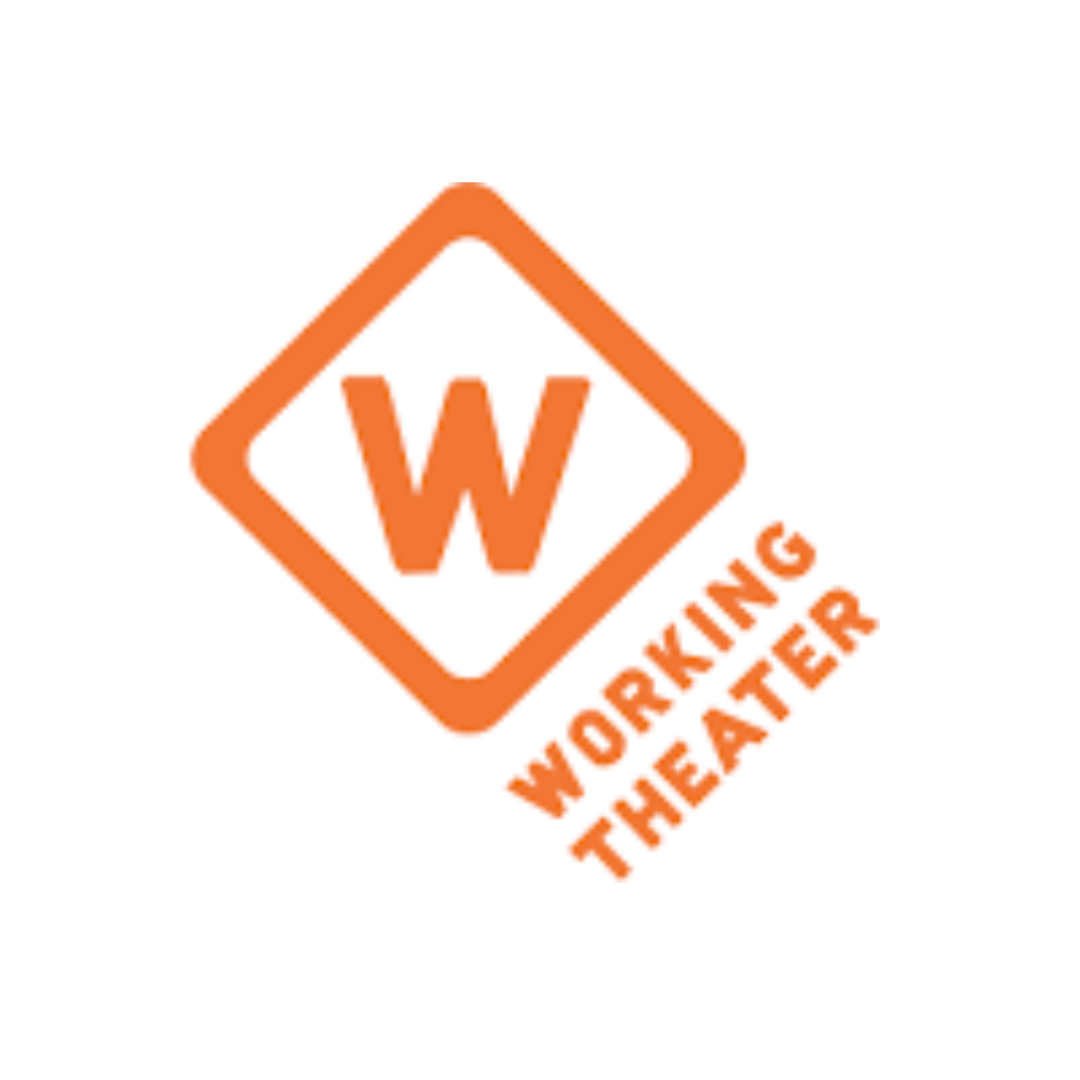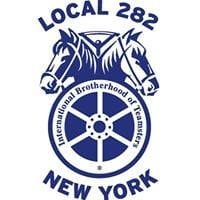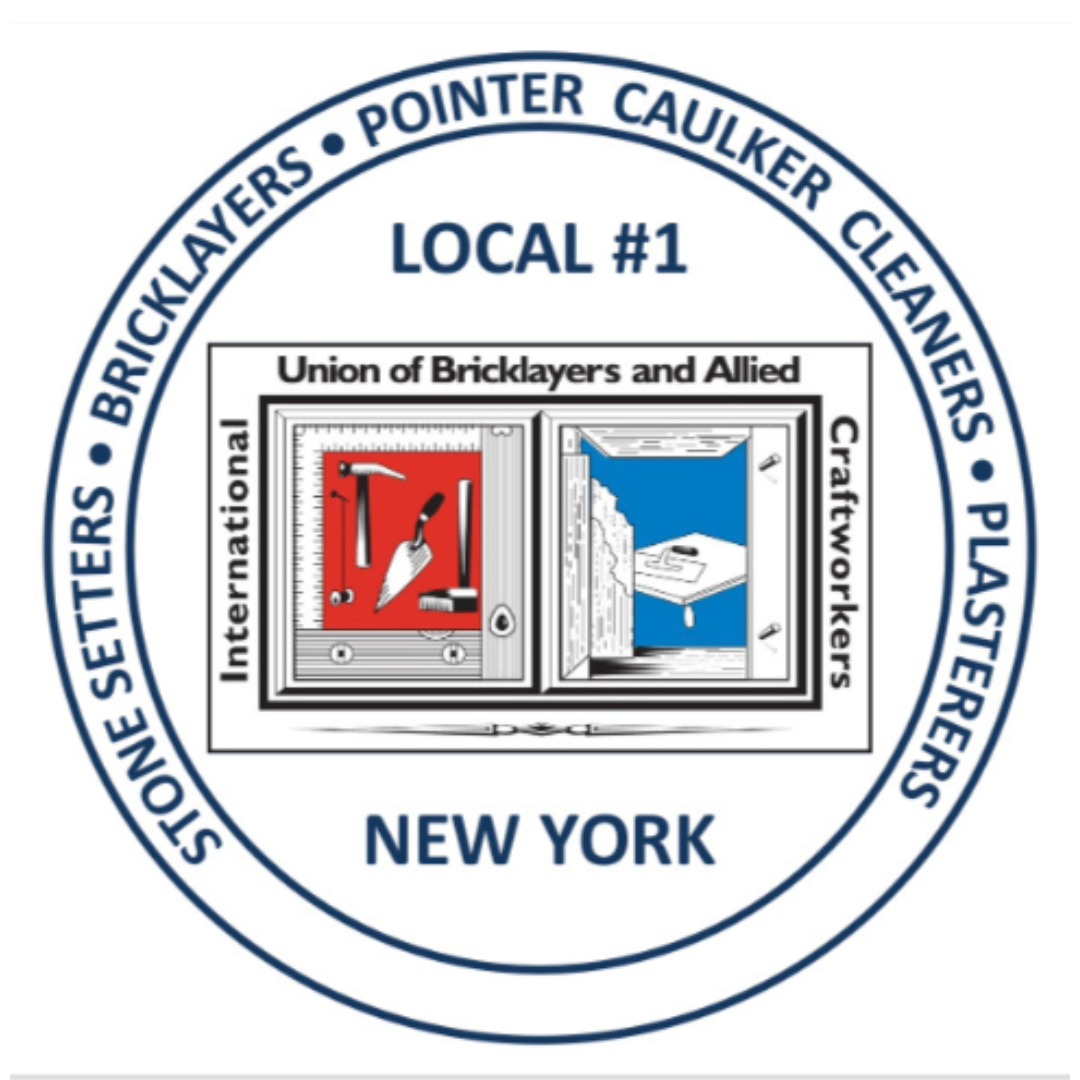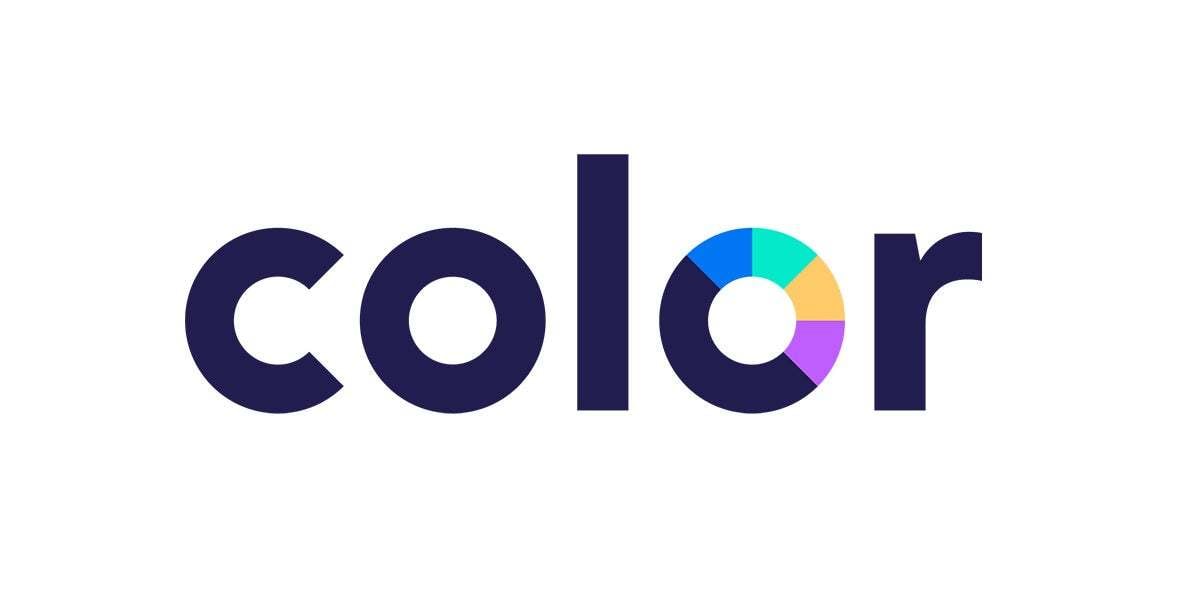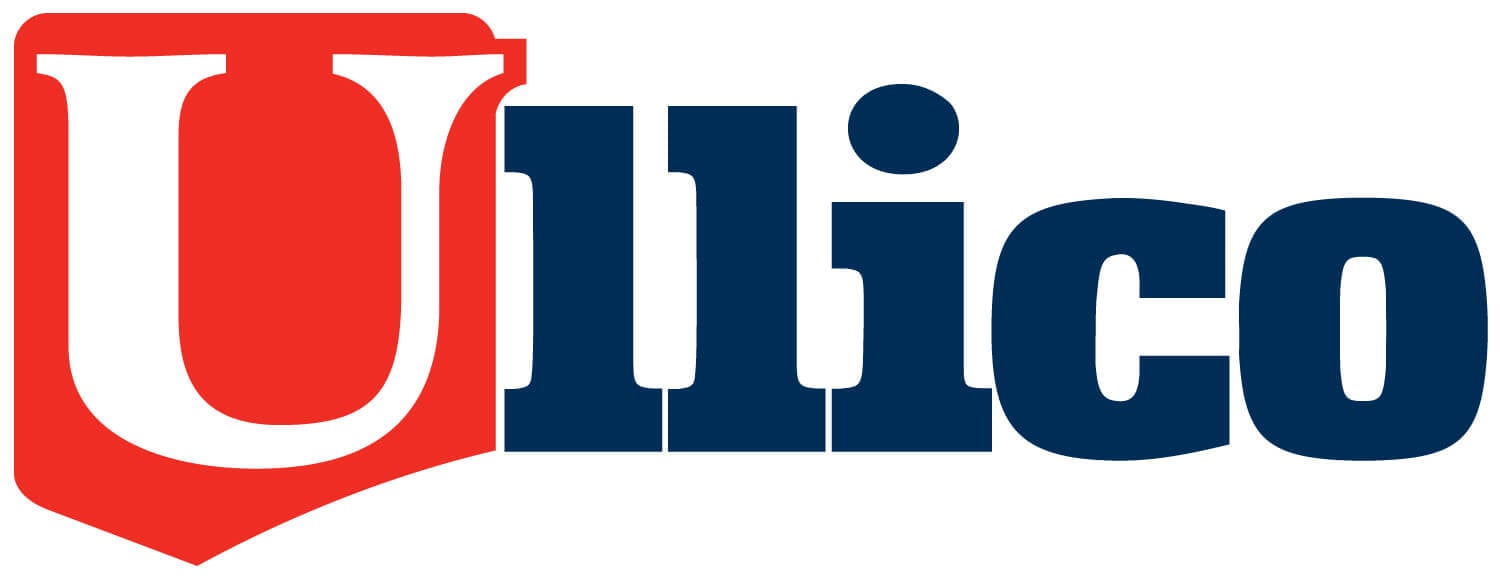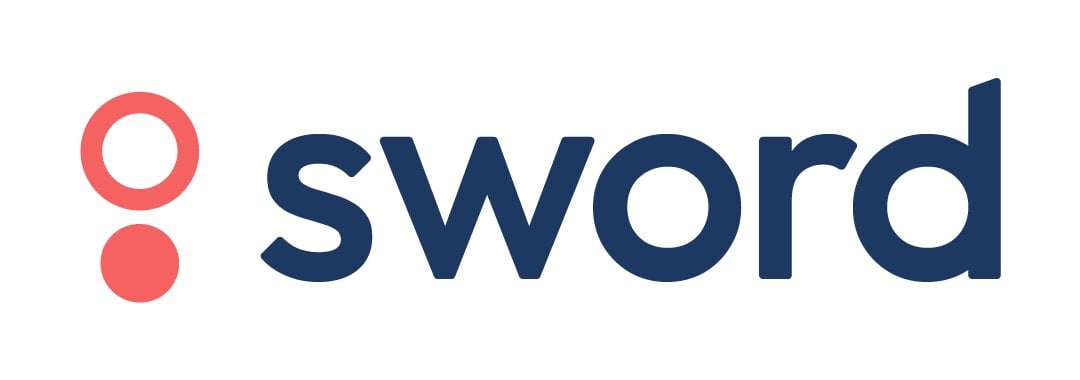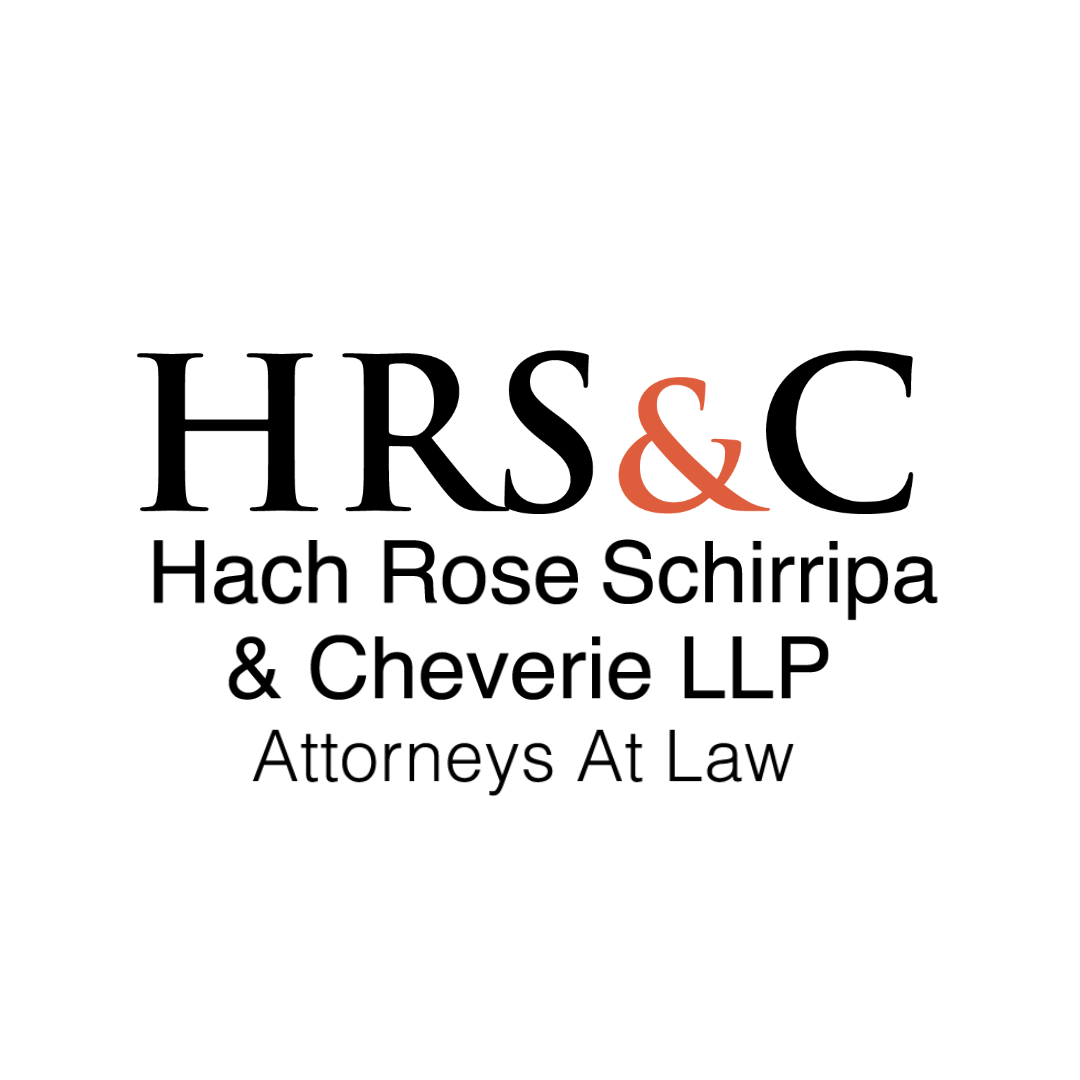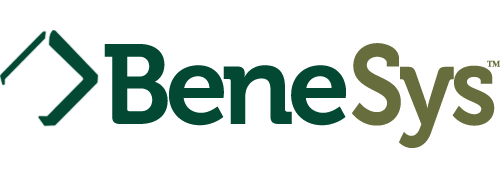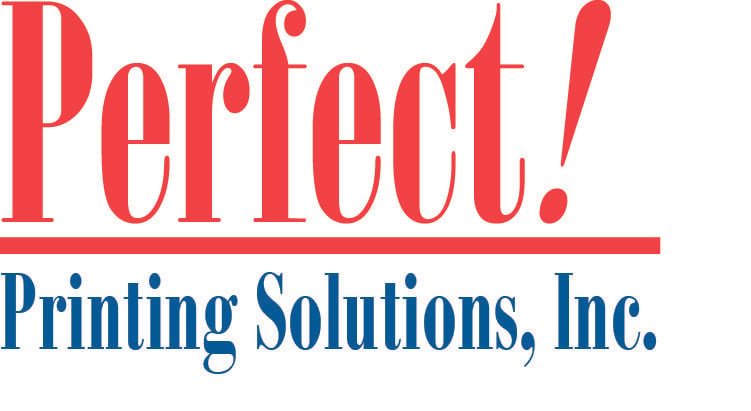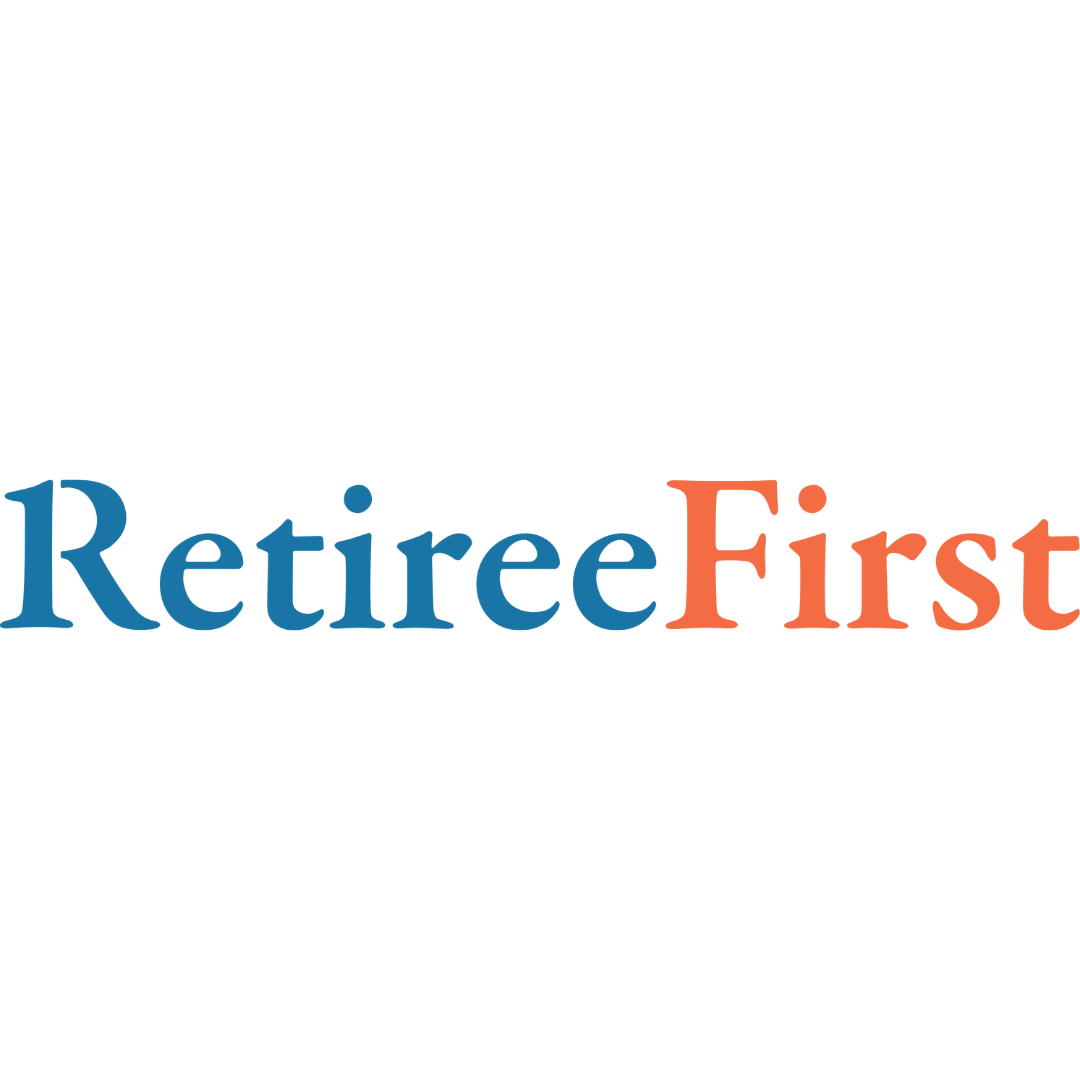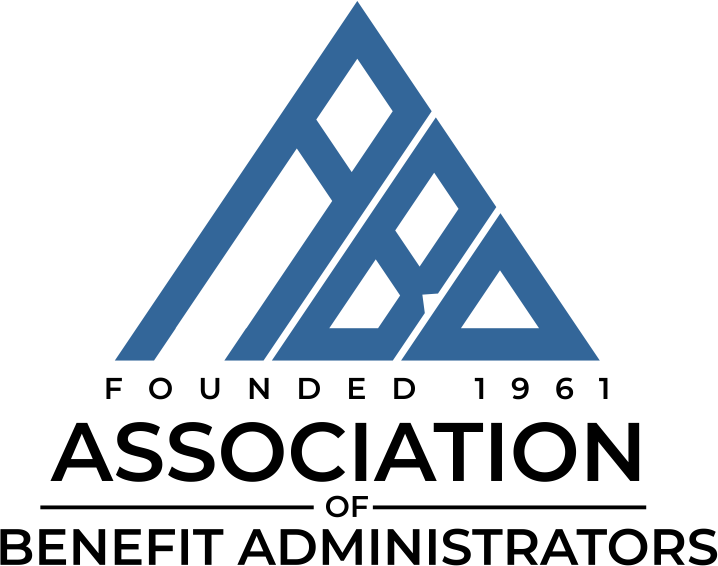“My wife and I wanted to consolidate our 3 credit cards which totaled over $29,000 and was denied by two of our banks because our debt-to-income ratio was too high. With LendingClub we got a fantastic rate for a 36-month loan which was lower than any of our credit cards. Thank you LendingClub!” —Norman, a member from Hawaii
What affects your credit score and interest rate?
Lenders look at two main factors to determine how risky it might be to lend someone money:
- Your credit history and profile
- The type of credit or loan
Generally speaking, higher interest rates happen when you’re considered a higher-risk borrower, or when the loan or credit you’re seeking has more inherent risk to the lender.
Let’s dive in.
1. How your credit history and profile affect your interest rates
Your credit report and rating help determine your risk to the lender, so that directly impacts interest rates you might be offered. Below are four most common factors financial companies look at to determine credit risk, and therefore interest rates:
- Debt-to-income ratio (DTI)—Your DTI is the amount of monthly debt obligations you have divided by your monthly gross income. Lenders see this as an indicator of your ability to comfortably take on, and pay off more debt.
- Credit utilization rate—Your credit utilization (or usage) is the amount of credit you’re using divided by the amount of credit you have access to. If it’s higher than about 30%, many financial companies see this as an indicator that you might not be as responsible as you could be.
- Little or no credit history—If you don’t have a track record with credit, it’s difficult to guess how you might handle paying your debts.
- Missed payments, charge offs and other mishaps—A track record of not making payments is usually a solid indicator that someone might slip with payments in the future. Unfortunately, lenders don’t have a view into the extenuating circumstances that may have led to a couple of missed payments. This is why a personal loan can often help folks handle unexpected expenses, like medical issues, and car or home. Just be sure keep on track with the consolidated payment, or that would defeat the purpose!
These are four of the most common reasons you might have a higher interest rate or even be denied for a loan, but they are not exhaustive. The good news is that in a relatively short period of time, you could make changes on your credit utilization rate and debt-to-income ratio that improve your credit score. If you have thin or no credit history, it could take a bit longer to establish your credit history, but it can be done!
Repairing credit after missing payments
If you missed a few payments or had to default on a loan, the best path forward is to start demonstrating on-time (and ideally full) payments on credit cards and loans. It takes more time to repair credit once there’s been a hiccup, so chances are you’ll be offered credit at a higher rate for a longer period of time. But if you can improve on these big four factors, you’ll be on track to accessing more affordable credit.
2. How types of credit products affect interest rates
Secured vs Unsecured Loans and your interest rate
Loans that are not backed by collateral like a house or car are called unsecured loans, while those backed by collateral are known as secured loans. Because unsecured loans don’t require collateral, they are usually easier to access more quickly (no appraisal process, fewer forms and documents). However, because there’s no collateral like a home or car, these loans have a higher risk of not being paid back. That risk is why unsecured loans usually have higher interest rates than secured loans.

Examples of Secured Credit
- Mortgage-backed loans or home equity loans—These are loans that use your home as collateral and usually have lower rates than other types of secured credit, in part because a home is a valuable asset.
- Car-backed loans or auto equity loans—These are loans that use your car as collateral. When compared to other secured loans, they usually have higher rates, in part because cars decrease in value over time, and are less valuable than homes. They may be used as a stepping stone toward building better credit.

Examples of Unsecured Credit
- Personal loans—LendingClub offers members access to unsecured personal loans, which come with some of the lowest rates among unsecured credit types. Members also receive the benefits of rates, terms (payoff timeframes), and monthly payments that never shift unexpectedly, and no prepayment penalties.
- Credit cards—This type of credit usually has higher interest rates than a fixed-term loan, and can have variable interest rates from month-to-month. Credit cards are revolving debt, which means there is no fixed payment amount or number of payments—you could continue paying for dedades.
- Short-term or payday loans—These are short-term loans, usually 30 days or less. These loans usually have some of the highest APRs of all credit types, and are used for very short-term, immediate solutions, usually when no other options are available.
Bottom line
Your credit profile and the types of loans or credit products affect the amount of interest you pay to borrow money.
A personal loan with a low, fixed rate is a good option for those looking for an affordable, predictable, and convenient way to access money. In fact, if you're paying just the minimum on your credit cards, you could save nearly $1,300 over the course of your loan when you refinance your high-interest credit card debt with a personal loan.* Whether you’re looking to do that or simply finance a major purchase with less hassle, a personal loan could be a great financial option for you.
*Savings vary per customer. 3,690 randomly selected borrowers in a survey conducted from 1/1/18 – 11/30/18 reported an average interest rate on outstanding debt or credit cards of 20.5%. Assuming 3% annual fees, based on CFPB, “The Consumer Credit Card Market,” 2015, that yields an APR of 22.74%. From 1/1/18 – 11/30/18, borrowers who received a loan via LendingClub to consolidate existing debt or pay off their credit card balance received an average APR of 19.2% and average loan size of $14,700. With a paydown period of 36 months on an initial balance of $14,700, the monthly payment for credit cards is $550.06 vs. $513.91 for a personal loan, for total savings of $1,290.88 in interest and fees.
https://www.lendingclub.com/loans/resource-center/what-affects-my-credit-score-interest-rate

